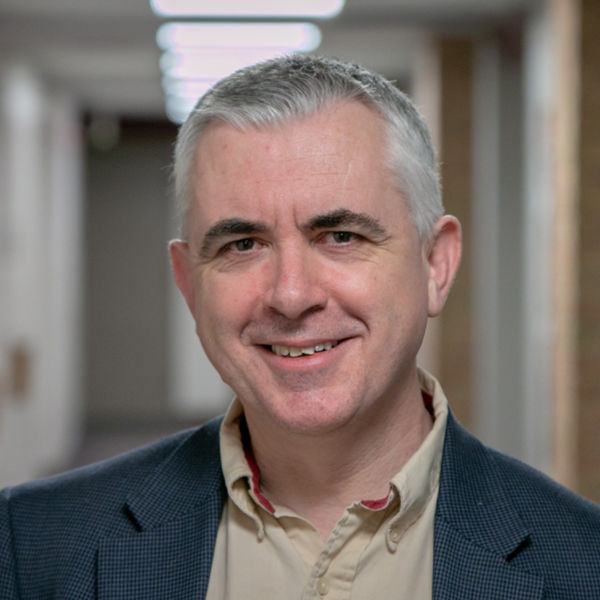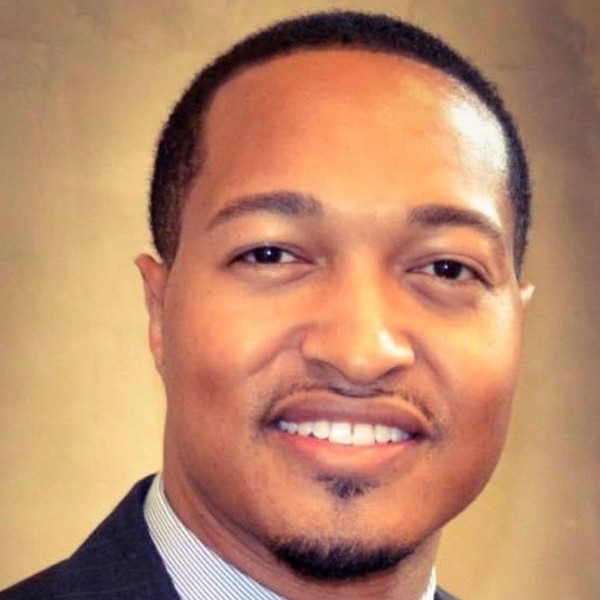As a Christian leader, I have received the grace of learning many things by failure. Perhaps my clearest and most repeated lesson from failure has been about how the Spirit moves differently in various contexts.
Thirty-five years ago, I was a young campus minister, and I recruited about 20 students for an intensive Bible study. Brimming with self-confidence and overflowing with zeal, I led in all the ways I had been taught. I am a white male, and I had learned to lead in a particular style. For example, my communication and conflict styles were polite but quite direct. My previous experiences of learning and leading these studies had been amazing, so I felt like an expert — for about three weeks.
After a good start, I realized my students were not responding like I expected. The group dynamic was slow and tense; it seemed like their commitment was waning. As I discussed this with my wise supervisor, Dana, she didn’t blame the students, and she didn’t rebuke me. Rather, she taught me to ask some new questions.
Dana suggested I meet with each student and ask questions like “What do you experience in my leadership?” and “What might help you feel connected and committed to our group?”
So, with what zeal I had left, I met with each student individually. Those conversations were challenging for me and for the students, in different ways. I had to learn to ask questions and listen carefully without explaining or defending myself. This was surprisingly difficult, and a little embarrassing for the guy who three weeks ago felt like an expert!
My group was diverse, with many students of color. I learned in these conversations that many of them felt it culturally challenging to speak to me about the ways my leadership wasn’t working for them. I learned so much: about communication and leadership and listening, as well as about the cultures and families my students came from. And by the grace of God — and the mercy of my students — all of us recommitted to the study.
From that experience, I began to realize how fundamentally contextual leadership is; what had worked for me as a student wasn’t working for these young people. A transformative Bible study may look very different from context to context. For example, direct forms of communication and addressing conflict were not helpful in my group. Healthy Christian leadership is organic, not formulaic. The ministry of Word and Spirit must be planted in the soil of particular communities, and it grows differently based on where it is planted.
The word in the wilderness
The third chapter of the Gospel of Luke shines light on the role of social context in the movement of the Spirit. Leading up to chapter 3, the reader anticipates something dramatic is going to happen. And sure enough, the word of the Lord comes to the miraculously born prophet John the Baptist, and it comes “in the wilderness.” This was a big deal for the people of God; it had been 400 years since the last prophet.
Luke says that John’s ministry is the fulfillment of Isaiah 40:3-5:
“A voice of one calling in the wilderness, ‘Prepare the way for the Lord, make straight paths for him. Every valley shall be filled in, every mountain and hill made low. The crooked roads shall become straight, the rough ways smooth. And all people will see God’s salvation.’” (Luke 4b-6 NIV)
Isaiah likens the coming movement of God’s Spirit to the most ambitious of public works projects: creating the kind of road that kings and emperors use. Valleys will be filled, mountains cut down and a smooth, straight road constructed. The dimensions of the project are massive!
Yet John’s prophetic ministry, of course, is leveled not at physical mountains and valleys but at the landscape of culture, economics and power. The adjustments to be made, the road to be built, concerns territory of a different order.
In his enactment of Isaiah’s road-building vision, John speaks to Hebrew and Gentile, to rich and poor, and to powerful and weak. He challenges them all to a “baptism of repentance for the forgiveness of sins” (Luke 3:3b). John exhorts children of Abraham not to presume upon their ethnic identity but to humbly seek forgiveness.
He challenges the rich to share with the poor. He challenges tax collectors to live simply and soldiers to reject violence. He does so openly in a crowd where the powerful and marginalized were gathered. This word of the Lord — a baptism of repentance for the forgiveness of sins — arrives in a distinct social landscape and speaks clearly to that context. Word and Spirit always move in ways that both reveal and challenge the social topography.
A map for leaders
I’ve noticed that as a leader I’m often tempted to ignore context and presume that leadership can be formulaic, as if the road to a fulfilled vision will be smooth and predictable. Universal strategies, however, are like the illusion of a mirage in the desert — they appear satisfying but ultimately disappoint.
In order to address this temptation, I have found it helpful to stop and prayerfully reflect on my context, using the following exercise in my book, "Formed to Lead."
Bring to mind the social context of your leadership role. It could be family, school, organization, professional community or neighborhood. Imagine that context as a landscape with mountains and valleys, and then begin to map the social topography.
Who or what is on the mountaintop in terms of influence, power or voice? Who is in the valley? What does your map look like in terms of resources? What might be the roads or connections between different individuals, groups and levels? To what degree can people or groups change their level in the landscape? What is the nature of religious power or influence in your community?
And finally, where do you fit in this landscape of privilege, power, influence and need?
I find it helpful to actually draw maps of this social topography. When I’m drawing, I often see new dimensions, connections or concerns.
When I practice this, I often learn something about myself by picturing the people, groups and systems around me more clearly. I usually find new insight into God’s movement in my community. I find myself freed from the tempting illusion that I can lead according to a simple formula.
I suggest you try this map exercise. After reflecting on the topography of your context, spend a few minutes in prayer, asking God about distinct ways Word and Spirit might move in your particular landscape. And don’t be surprised if the Spirit gives you new insight about God’s heart and your own calling.
























